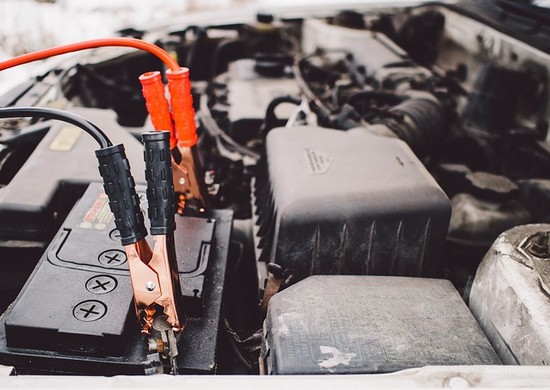You can compare a car to a human body. They both need a constant supply of food or fuel. Both have ways of storing energy either in batteries or in the form of ATP.
Cars and their bodies also have electrical systems that can be troublesome if not working properly.
So, when the human body has a problem or is about to be examined, you call a specialist called a doctor. Similarly, when your car’s electrical system has a problem, or you know it’s time for service, you call a specialist too.
However, many people are guilty of skipping routine checkups which can end up saving them a lot of money and time. Not to mention the pain of actually letting your guard down at the wrong time.
Just like our bodies, our cars need to be checked, to save us from potential nightmares.
So how do you know what to look for? A dentist won’t pick at your ears.
Lucky for you, we’ve made it a little easier by writing a checklist to check your car’s electrical system.
Here he is:
Battery
Remember when we mentioned the importance of batteries earlier? A bad battery can render your car useless. It is the heart of the electrical system as it provides current to the other parts of the system.
Without it, parts like the ignition and fuel system don’t get enough power to produce the combustion necessary to keep your car moving.
Like any other part of you car electrical system, you should be careful when using the test kit. Then in your battery evaluation, you’ll want to check for cracks, bulges, and leaks. It’s also important to check for signs of corrosion, especially on your cables.
FFinally, don’t forget to test the battery for minimum voltage, liquid level in the cell, and specific gravity of the electrolyte.

Starter
Your starter is just as important to your electrical system as your battery. You will want to evaluate the signs of trouble in the opener. The first place to look is the current draw. When the current draw is too high or low, it can indicate different things.
While the former indicates that your starter is wearing out, the latter indicates that you have corroded wires. To check the starter, you must run it several cycles and listen carefully.
Strange noises can also be an indication that something is wrong. Other parts you shouldn’t neglect when checking are the neutral safety switch and clutch speed.
Alternator
Your alternator is also known as your charging system. One of the main things to check is the proper output voltage. Factors such as bent pulleys, damaged rotors, or loose bolts can create noise in the alternator.
Also, you should check for proper alliances in your pulleys, gauge wires. Burnt or charred areas on the alternator are a sign of a short and grounding. That sounds like a lot to be aware of, but the alternator is responsible for keeping your battery charged.
A car can run with a faulty alternator for a while, but you run the risk of destroying the entire electrical system after a while. You may have encountered some minor errors, so check them out now.
distribution system
The distribution system is closely related to the wiring and bonding of your car, so you should be careful of electric shocks when checking this part. Bad wiring can cause a number of problems such as loss of current or resistance.
When checking, you’ll want to see if there is anything unusual on the fuse panel. You’d be surprised how often cars bought at auction have the wrong fuses installed. Fusible links can also be a source of current loss if there is scope for any bypass.
Accessories
The electrical system has many accessories such as sirens, lights, wipers and radio. With accessories, things can get complicated quickly. It’s best not to check it out if you don’t have the right tools or enough patience. But luckily, some experts can help with that part.
Be careful who you hand over your car to. It’s always best to go with a service provider that specializes in mechanical repairs as well. Just in case your car shows up with some worries. If you are in the vicinity of the right service provider like Nerang Automotive Black Labelthen you are in luck.
Now that you’ve seen the checklist, you have an idea of what you or a qualified technician should look for. When you’re done, don’t be shy about trying out a freshly inspected electrical system without worry.








